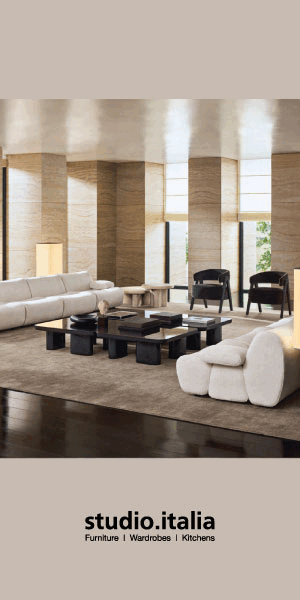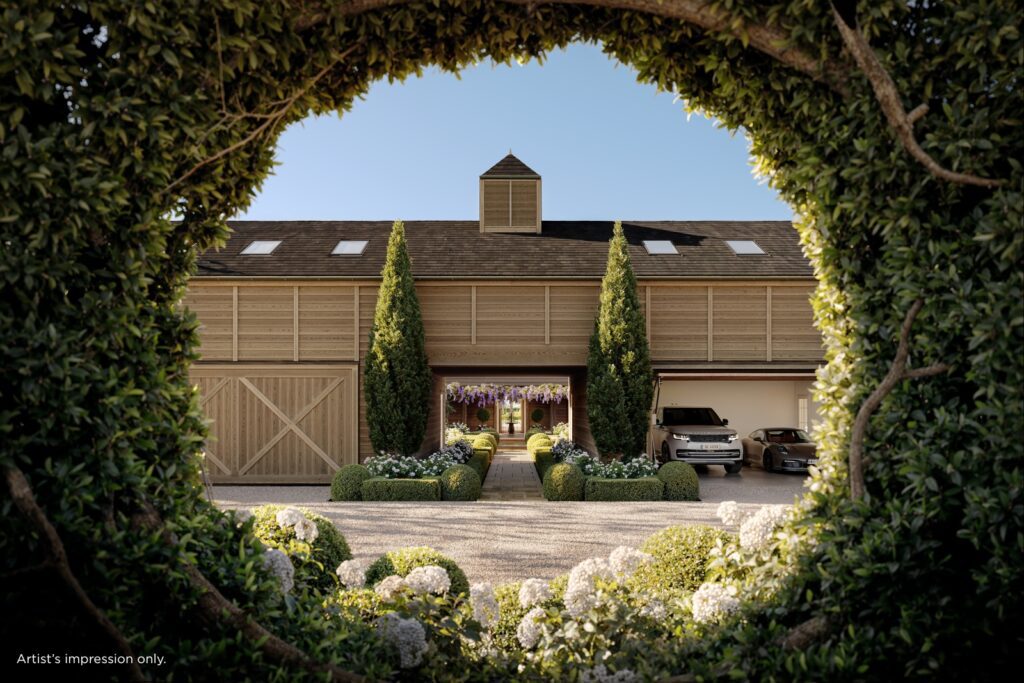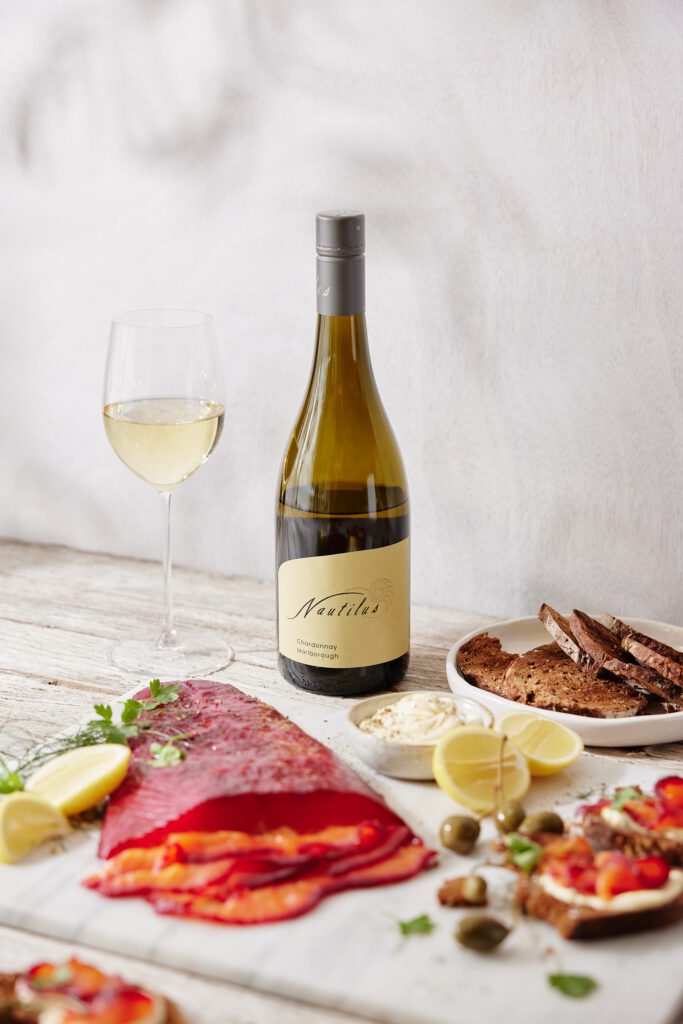After some significant crises, the furniture and light brand formerly known as Douglas and Bec is now known as Snelling. Federico Monsalve spoke to Bec Snelling about what this new phase means.
Federico Monsalve: Congratulations on a new, exciting chapter to your creative life! How does it feel?
Bec Snelling: It feels settled, where I am meant to be and exactly what I am meant to be doing. When I am aligned with what is right, it comes together with a sense of ease and calm.
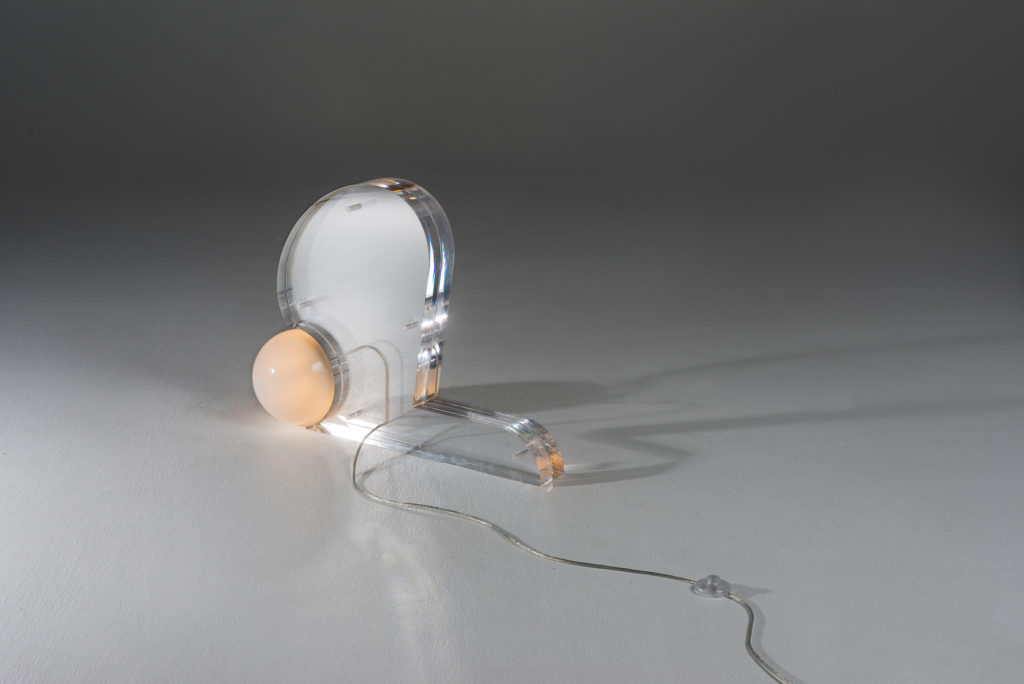
FM: What would you call it: a reinvention, a refocusing, a rebranding, a new creative era?
BS: I would call it a ‘return to’ — I have returned to my roots as a creative, with training in fine arts.
FM: Yes — the language around this collection seems to be associated more with fine arts than product design, i.e. some of your pieces are called sculptures, the launch is called an exhibition, and the stories behind how this collection came about are quite personal — the burning of your workshop and a personal crisis. It feels like it is less about mass production and more about expression.
BS: Yes, it certainly is a fine art approach and a full expression of my journey thus far. Although I went down a design-centric path, it felt diluted, formulaic, and market-responsive due to the commercial pressures. There has always been an underlying conceptual element in my work but I have never really let it flourish, take on its own life, given it space and time, experimented, and made mistakes — mostly out of fear. In this body of work, I have completely reverted to a fine art process.
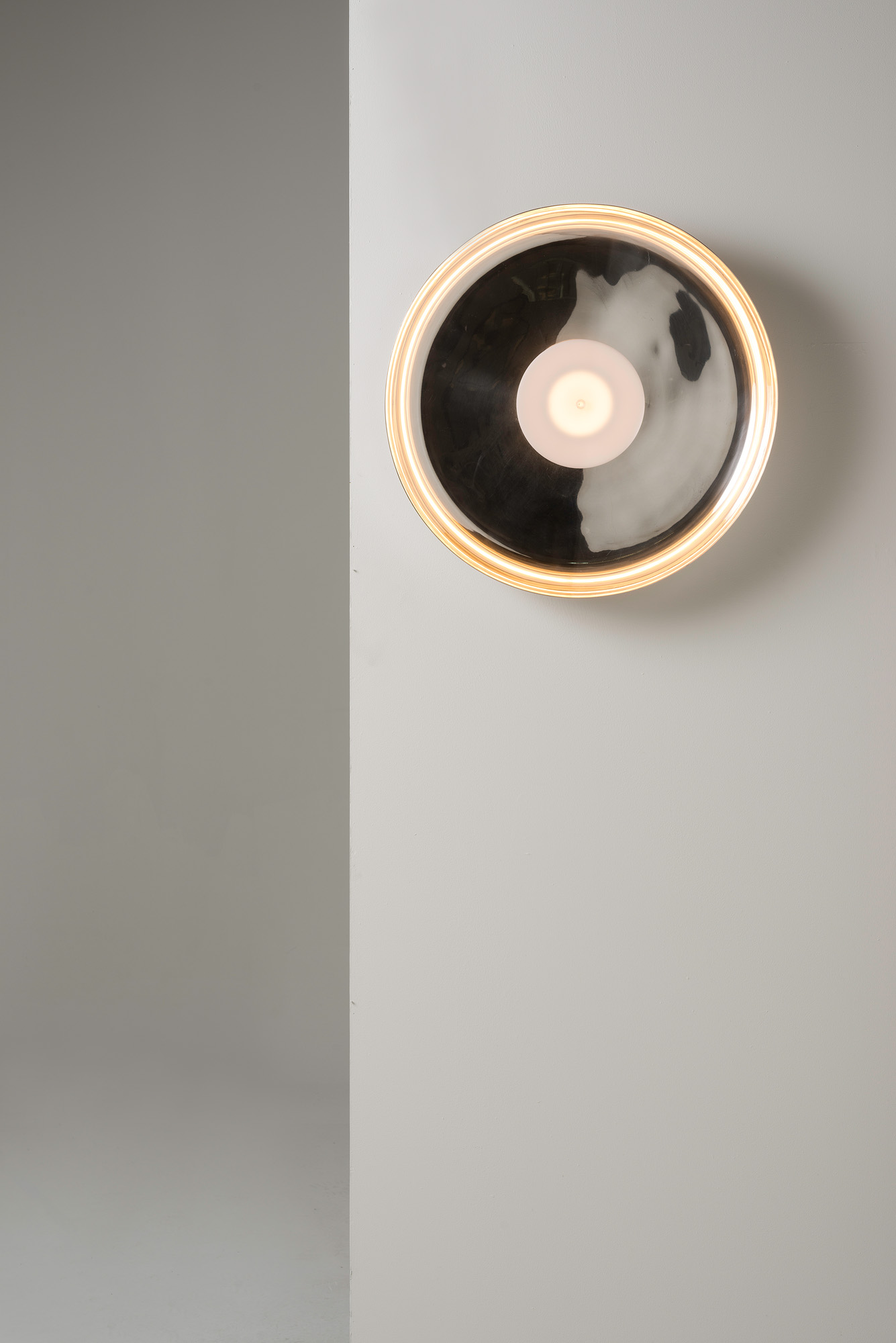
FM: Why does ‘art’ matter in a product design context? What do you think you gain, personally, and what do you think the end product gains from a more arts-focused process?
BS: For me, it gives a deeper layer, a sincerity in the mass-produced over-consuming world. It is a true expression of myself and my voice; therefore; it cannot be anything but authentic.
FM: What aspect of that arts academic past do you feel yourself coming back to now — is it the conceptual, is it the technical, is it specific practices?
BS: Art, to me, is really about bringing ideas to life. It is a muscle that needs working on a daily basis to allow creativity to flourish. It needs thinking, but then it also needs feeding and action. I am a complete dreamer and overthinker — this can be both my bête noire and my greatest asset. I just adore the process of experimentation and how my mind goes into overdrive — I feel completely aligned with my purpose.
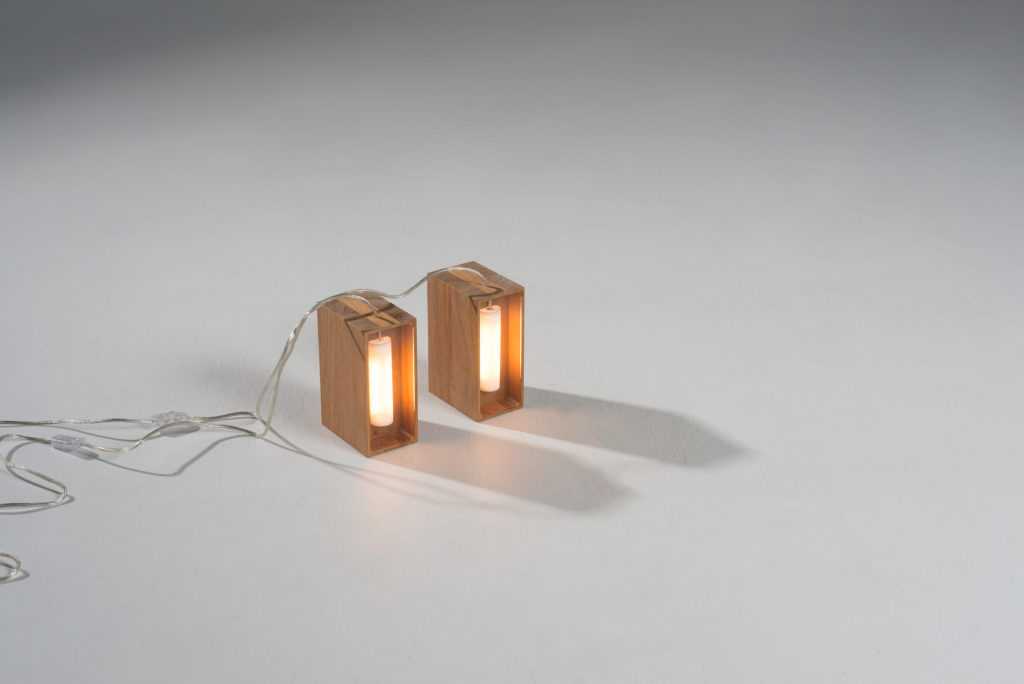
FM: Have your manufacturing processes and number of pieces produced changed in any way?
BS: Yes, new artisans and existing — all local; beautiful, enthusiastic ones at that. Once we decide on materials and directions we work tirelessly to find specialists to help us execute the work, and it is delightful when we get the results. We do a lot of the R&D in-house — Dad loves this bit — and all the lighting is manufactured in-house.
FM: Other than the language around your new collection, what else does this new chapter entail for your creative process?
BS: I have to feed it and work at it. I can’t just dream it and expect it magically to appear. It takes discipline, resilience — when there are setbacks or days that don’t go well — and hard work.
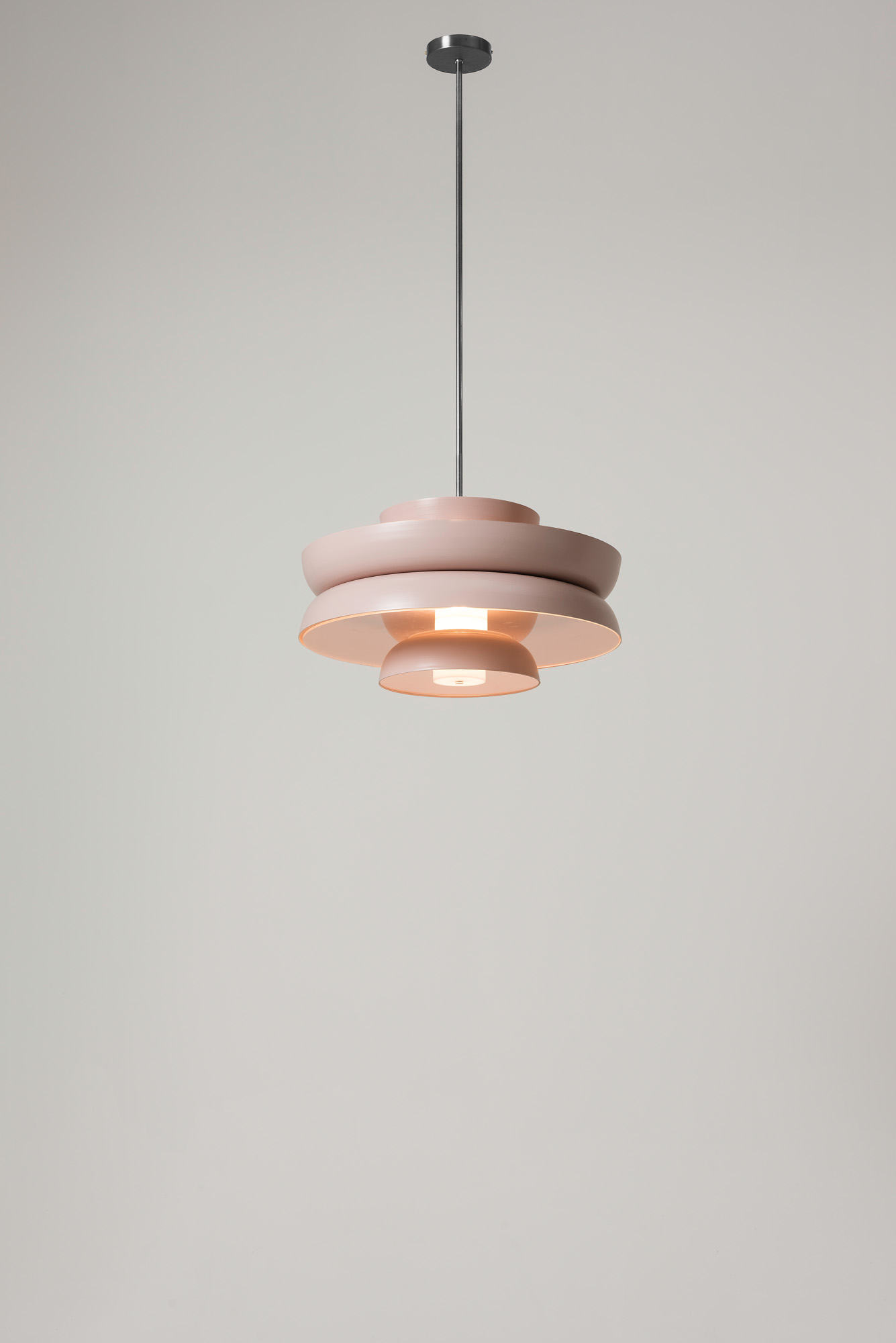
FM: Material wise as well, this collection is a departure. Can you walk us through what materials you are using, and what attracted you to them?
BS: This collection was informed by the yoga studio — with mirrors, timber floors, steel handrails, and a sense of calm, clarity, and beauty. I also wanted to play with light and reflections, and a bit of show-off luxury. I love things to have juxtapositions, tensions, ambiguity of language, and paradox — keeps you guessing and thinking, right? So, high-mirrored stainless, thick, clear acrylic, rosewood — which just happened after a timber yard visit. Then we stumbled across Cibatool, which is usually used for making moulds. We experimented a lot with materials and they will be investigated going forward.
FM: There has always been a certain stillness to your work. In this collection there are touches of that but also something quite new, especially in your sculptures. What is it; where does it come from?
BS: Going on from the above, there certainly is — yoga is about stillness and strength, clarity, discipline. These are all things that I desire to be or align with; I am personally quite wayward and highly emotional at times, and I oscillate to extremes. My work settles me and brings me back to centre. I feel that I speak my most sophisticated language in my work — it’s like it’s my mature refined voice; I’m the child — hahaha.
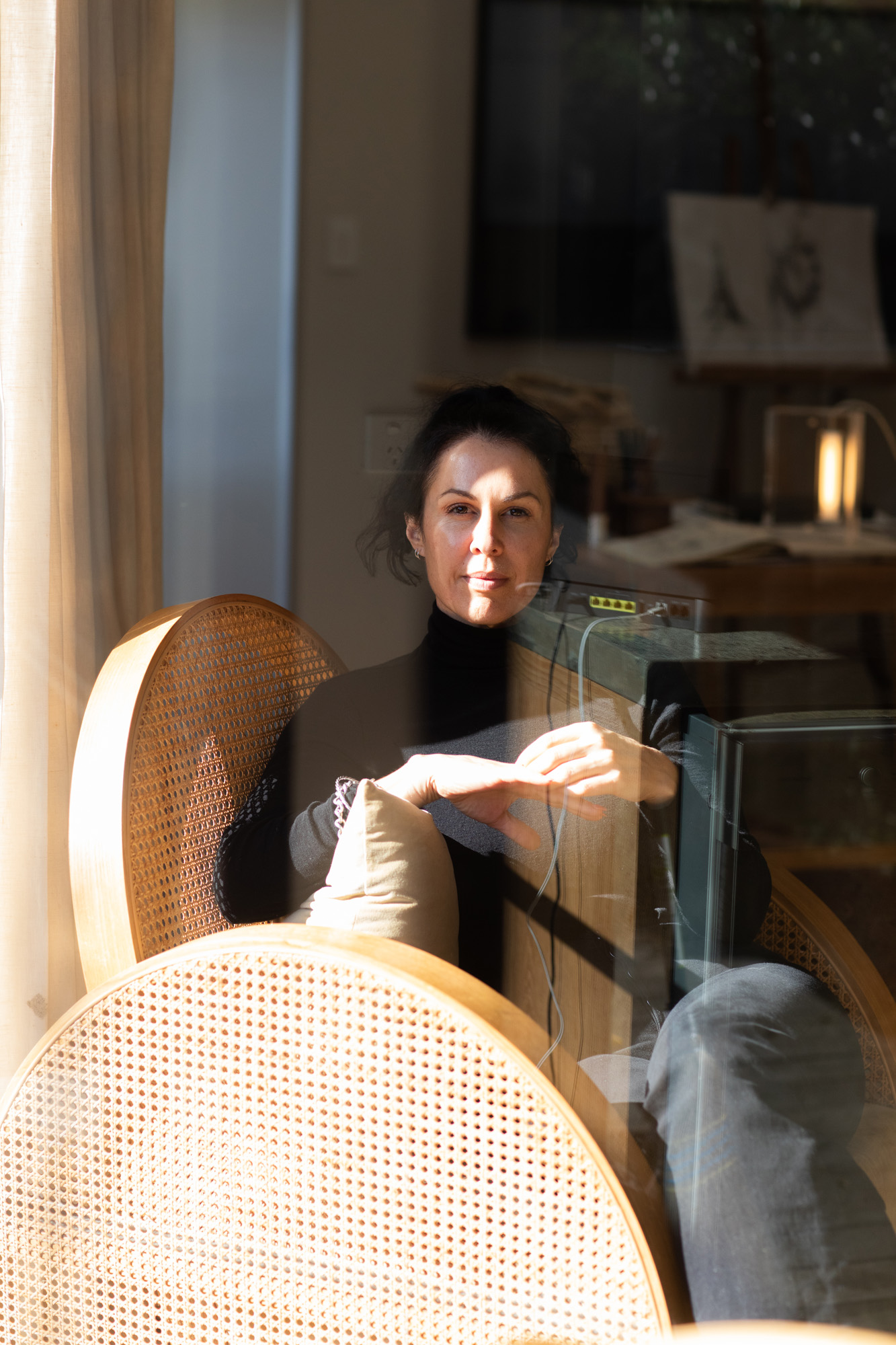
FM: Has the way you consume other people’s creative work also changed?
BS: I have removed myself a lot over the past two years — I can be subconsciously consuming without knowing it. This waters down my voice. I have been drawn to Georgia O’Keeffe — mainly the all-encompassing being of her. She was also one of my great-aunt’s muses — my great-aunt was a successful New Zealand artist: Helen Brown. But mainly my way of life has changed; I have allowed my inner self and my experiences to deliver this time and not drawn on external.
FM: If you had to choose a book, a piece of music, an artwork, a period in history — design/art or otherwise — that you feel encapsulates some aspect of this collection, what would it be?
BS: I’m not sure it feels like it’s open for interpretation — which I like. You can decide. I like futurism and brutalism — but unsure if there is anything specific. I am also really into my ’90s R&B but there is also Puccini’s O Mio Babbino Caro on repeat on my playlist — I love being diverse.
